
Blīvmetālu stampēšana ir plaši izmantota metāla apstrādes tehnoloģija ražošanas nozarē, kurā blīvmetāls tiek veidots vēlamo formu formas un cirtņu palīdzībā. Šis process ietver spiediena piemērošanu metāla plāksnē ar formu uz cirtļa mašīnas, kas izraisa plastisku deformāciju, lai sasniegtu iepriekš noteiktu formu vai struktūru. Metāla stampēšana īpaši efektīva ir sarežģītu daļu masveida ražošanai.
Kā dzeltenu formēšanas tehnoloģija blīvmetālu stampēšana ir savienojama ar dažādiem materiāliem, tostarp nerīzīgām oзолs, zemā un augstā oзолa satura oзолs, aluķī, brons un kuprs. Stampēšanas procesā bieži kombinējas vairākas griešanas un formēšanas tehnoloģijas — piemēram, līkšana, cirtšana, izliekšana un kantēšana — lai efektīvi izveidotu sarežģītas daļas.
Detaļu formēšana metāla gabalos ir ietaupīga, jo tā notiek ātri un samazina rīku nepieciešamību, kas nozīmē mazāk darba laika un zemākas formēšanas matricas uzturēšanas izmaksas. Tomēr viens no trūkumiem ir augstāks sākotnējais ieguldījums formēšanas presē. Papildus, ja produkcijas laikā ir nepieciešami dizaina izmaiņas, moldes aizvietošana var būt grūti.
Starway specializējas pielāgotā metāla formēšanas daļu ražošanā no plašas materiālu klāstas, ieskaitot kopru, bronsu, nerīvju dzelzs, aluminiju un dzelzs aliejumus. Mūsu formētie elementi tiek izgatavoti ar striktiem atļaujamo novirzienu parametriem. Mēs lepojamies ar dažām no konkurences spējīgākajām piegādes laiku rīkām nozarē, parasti no 3 līdz 7 dienām. Ja jums vajadzīgas mūsu metāla formēšanas pakalpojumu,
Mēs darbojamies ar dažādu tonāžu stampēšanas mašīnām, tostarp 16 tonnu, 40 tonnu, 63 tonnu, 80 tonnu, 120 tonnu, 200 tonnu un 400 tonnu, kas ļauj mums atbilst dažādiem ražošanas vajadzību. Šī elastība ļauj mums apstrādāt projektus no maziem partijiem līdz lielmai ražošanai, saglabājot produktu kvalitāti un precizitāti. Ar 11 gadu nozares pieredzi mūsu inženieri un pārdošanas personāls katru metāla stampēšanas projektu pārskata un manuāli piedāvā cenu. Šis personalizētais pieejas veids nodrošina, ka mēs atbildam uz jūsu unikālajiem pielāgojumiem, vienlaicīgi sniedzot vērtīgu informāciju par stampēšanas procesu. Nākamajā sadaļā jūs atradīsiet papildu informāciju par stampēšanu un mūsu galvenajiem atribūtiem.
Stampēšanas process varētu nozīmīgi palielināt efektivitāti, izmantojot augstu ātrumu un masveida ražošanu, īpaši lielu tirgus apjoma produkcijai.
Formas un izgatavošanas veids noteic atforma dimensiju precizitāti un formu, un parasti stampētie produkti ir ar augstu dimensiju konsekvensi.
Stampēšanas procesā metāla materiālu zudušana ir mazāka, un plāksnes var tikt racionāli grieztas, samazinot atkritumus un izmaksas.
Var apstrādāt dažādas metāla materiālu veidus, tostarp dzelzi, alu, bakeli, nerdzavujošu tēraudi utt., plašs piemērošanās jomas.
Tā galvenā īpašība ir tas, ka tai ir iespēja efektīvi apstrādāt metāla plāksnes uz dažādām formas, piemēram, segām, korpusiem, stabiem utt. Šis apstrādes veids var nodrošināt, ka apstrādātie produkti ir ar augstu precizitāti, gludu virsmu, stabiliem izmēriem un spēj pabeigt lielu ražošanas uzdevumu skaitu īsā laikā.
Plāksnju stampēšanas apstrāde ir būtiska masveida ražošanā, taupot laiku un izmaksas un palielinot ražošanas efektivitāti.
Vēlāk, izmantojot plāksnes metālu stampēšanas procesā, materiāla izmantošana ir efektīvāka un mazāk atkritumiem.
Masveida ražošanā stampēšanas procesa vienas daļas apstrādes ātrums ir straujāks, piemērots montāžlīnijas darbībai.
piemērots dažādu metālmatierālu un dažādu daļu ražošanai, plašs lietojuma diapazons.
Tā kā plāksnes metāla stampēšanas apstrāde neatliek no svaidīšanas un savienošanas procesiem, tā var novērst dažus trūkumus un kvalitātes problēmas, kas radušās no svaidīšanas un savienošanas, un uzlabot produktu uzticamību un drošību.
Iegūstiet uzreizēju piedāvājumu augšupielādējot 3D CAD failu (ieskaitot STEP, STP, SLDPRT, DXF, IPT, PRT vai SAT formātus) caur mūsu Uzreizējo Cenu Aprēķināšanas Sistēmu.
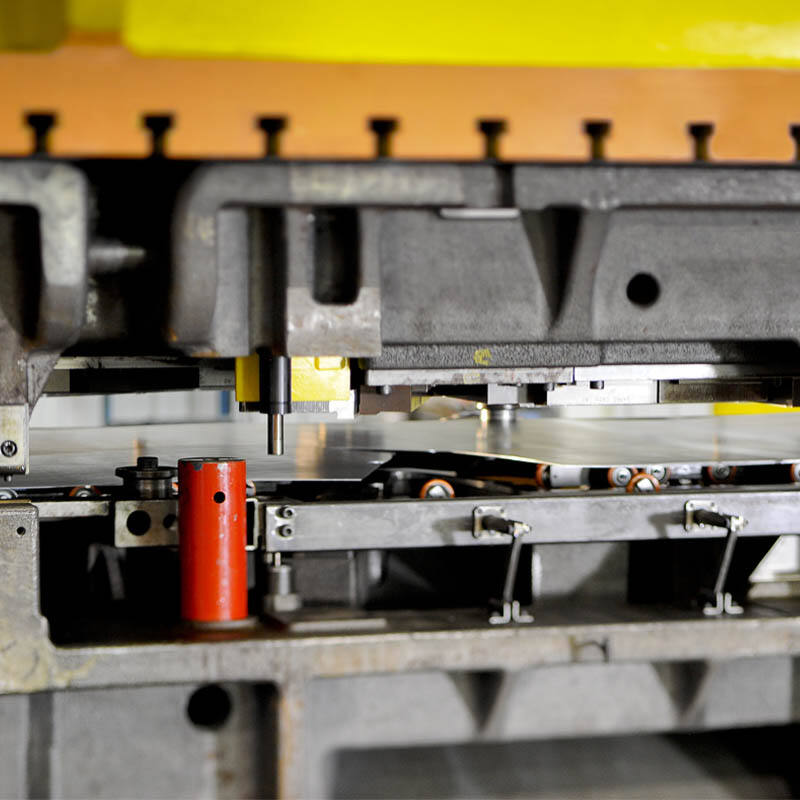
Sākotnējie masīvie metāla sērijas tiek griezti līdz apstrādes prasītajam formātā un izmēram, kas padara apstrādi vieglāku.
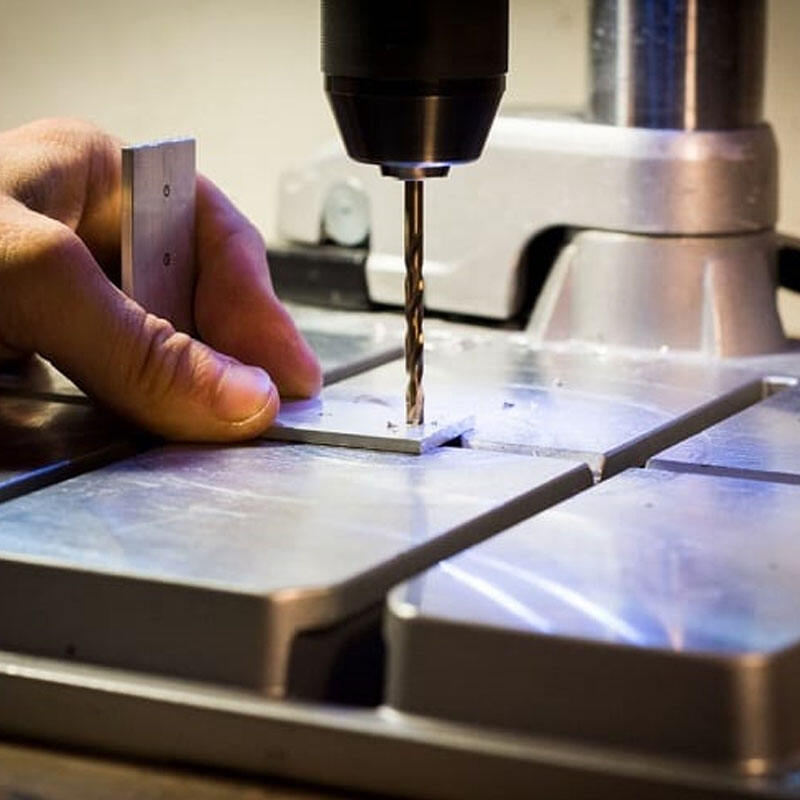
Šis process ir paredzēts, lai iegūtu ciešās caurumus uz lapas metāla saskaņā ar noteikto lielumu un stampējuma pielāgojamu formu.

Lapas metāls tiek savilkts vēlamo formu saskaņā ar pielāgotiem prasībām, izmantojot konkrētu formu.
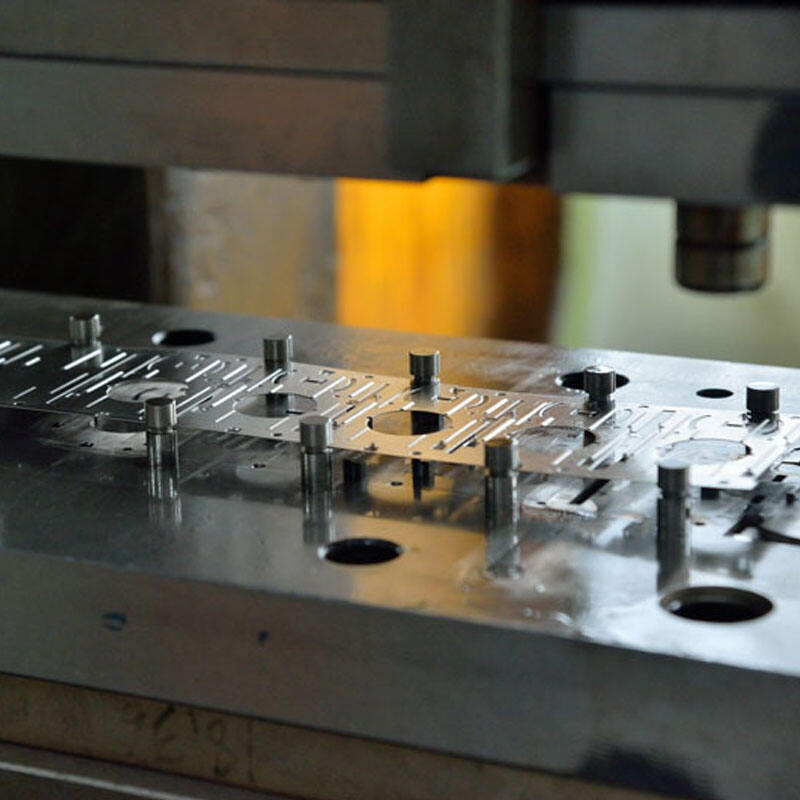
Metāla lapas tiek novietotas specifiskās metāla lapas rīku sistēmās, lai radītu ievilktus vai izcirtus elementus, kas atbilst konkrētiem pielāgojumiem.

Process ietver secīgi nospiedu metāla lapas konkrētās formas, lai radītu dziļus vai izcirtus caurumus pielāgojumam un turpmākajai apstrādei.

Šis process ir paredzēts, lai vienlaicīgi punch un šķēršanai metāla plāksnē, kas var pabeigt vairākas darbības vienā soļā, kas var nozīmīgi uzlabot apstrādes efektivitāti.
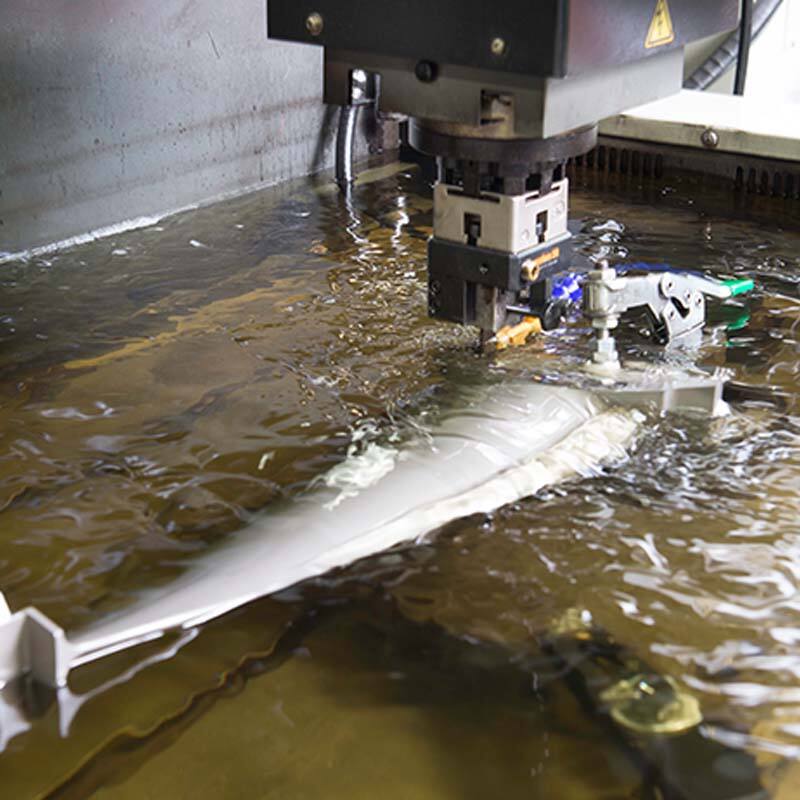
Šis process ir paredzēts, lai punch caurumus metāla plāksnē un spēj radīt daudzus regulārus caurumus vai modelius uz metāla plāksnes.

Fiksējot metāla lapas uz spriestīšanas formām un formējot tos vēlamo formu zem spiediena.








Materiāli, kas parasti tiek izmantoti plāksnējo metālu stampēšanai, parasti ir ar labu plastiskumu un spēku, un var radīt ideālu deformāciju spiediena apstākļos, nezlābojoties vai neatradot nopietnas kropļas. Starway plāksnējo metālu stampēšanas procesa materiāli un īpašības.
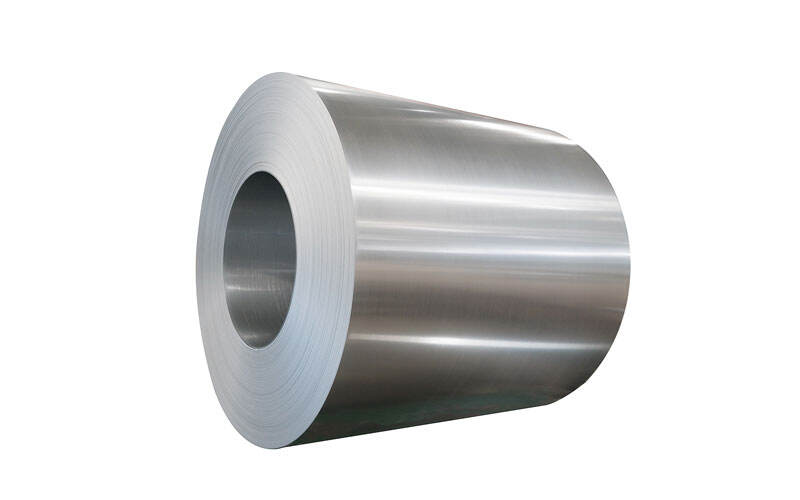
Zemoglekļdzelzs oglekļa saturs parasti atrodas starp 0,05% un 0,25%, ar labu trauksnību, vidēju spēku, izcilu formēšanas veiklību un zemu apstrādes maksu. Tā kā tas ir lēts un viegli stampējams, zemoglekļdzelzs plaši tiek izmantots automobiļu korpusiem, mājsaimniecības iekārtu skaidriem, būvniecības metāla daļām utt.
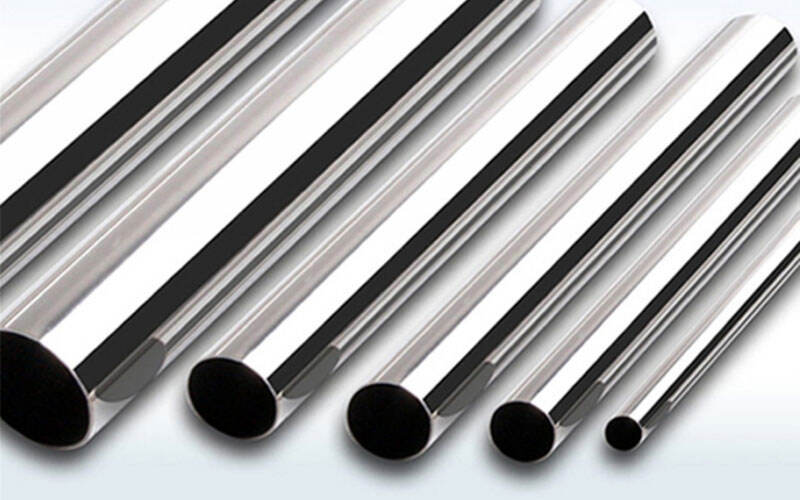
Nerūtīgais dzelzs pazīstams ar savu izcilu korozijas atbalstu, augstu stiprumu un cietumu, kā arī labu augsttemperatūras uzvedību. Parastie veidi ietver 304 un 316. Tas ir piemērots virtuenu ražošanai, medicīnas iekārtām un arhitektūras komponentiem. Tomēr tai ir daži trūkumi: darbā var radīties cietuma pieaugums, kas ved pie ātrāka formu iznēsēšanās un sarežģītākas gabalu apstrādes.
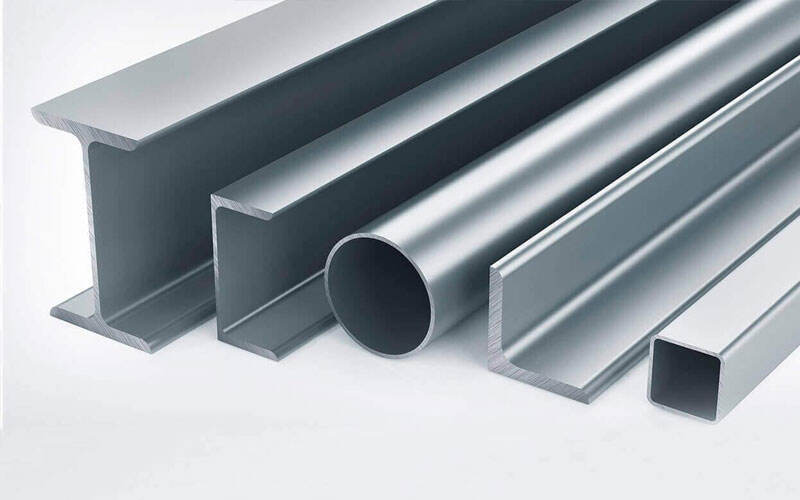
Alumīnijs un tā alejancijas ir vieglas, piedāvā labu termisku un elektromagnētisko vadību, un ir ar labu korozijas atbalstu. Parastie veidi ietver 6061, 5052 un 7075. To bieži izmanto aviācijas komponentu, automašīnu karoseriju panelēm un elektronikas produktu klēpjiem ražošanā. Tomēr tam ir arī daži trūkumi: zems cietums, viegli skrien un ir augstāki prasības formas dizainam.
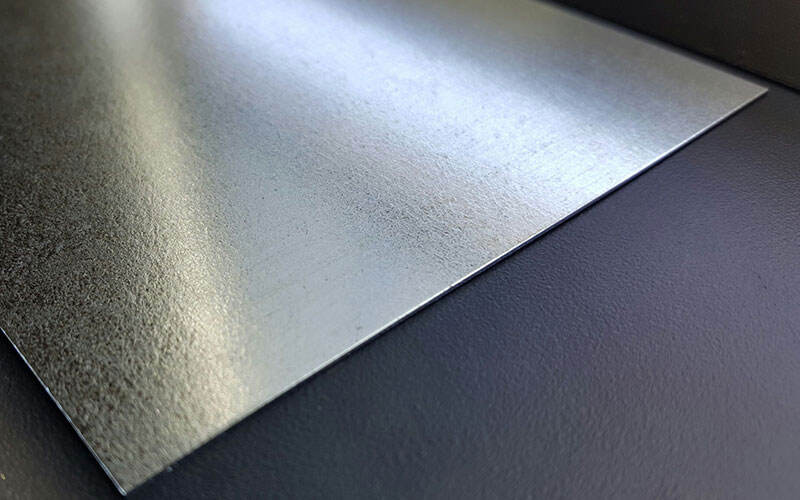
Zinco apgultināta zelezpietava ir ar zinku aplīmēta parastā zelzs, lai uzlabotu korozijas atbalstību un radītu gludu virsmu. Tas bieži tiek izmantots ārējās iekārtās, caurullēs un struktūrvietojumos. Tomēr aplīmējums var tikt bojāts procesēšanas laikā, kas iespējams kompromitē tos anti-korozijas īpašības.
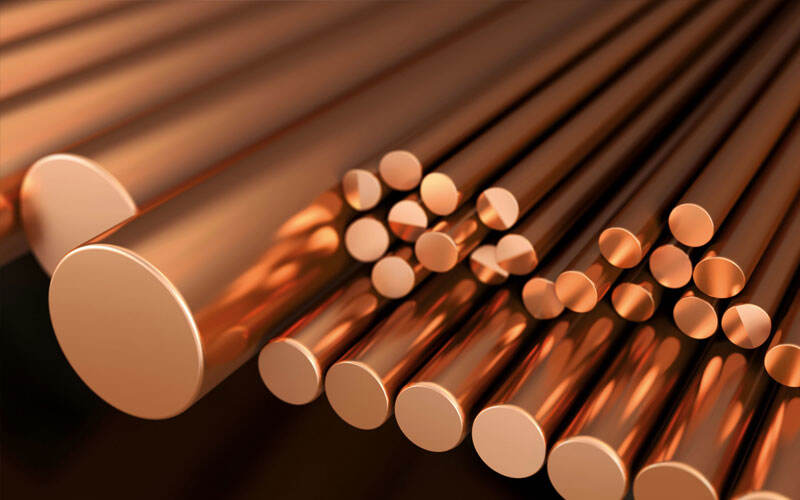
Miedzis un tā alejas, piemēram, dzeltens metāls un bronza, pazīstamas ar savu lielisko elektro un siltuma vadītspēju, korozijas atbalstību un labo plāstiskumu, kas padara tos viegli nospiedamus un formas mainīgus. To izmantošana ir plaši izplatīta elektronikas komponentu, sakaru iekāršu un dekoratīvu preču ražošanā. Tomēr tai ir daži trūkumi, ieskaitot augstu cenu un tendenci oksidēties un izmainīties krāsu.
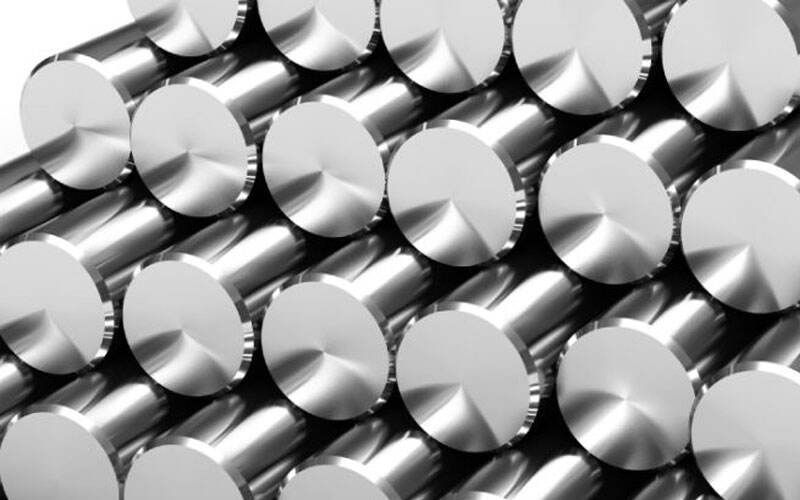
Zelzs ar noteiktu hīmiju sastāvu un mehāniskajiem īpašībām, kas piemērots augstas stipruma daļu un izmaksu komponentu ražošanai. Tomēr tas bieži vien ir dārgāks un var būt grūtāk apstrādāms.
Lapmetālu stampēšanas procesā izvēlēties pareizo materiālu ir ļoti svarīgi, Starway ieteic, ka, ja jums nepieciešams lapmetālu stampēšanas process, vajadzētu ņemt vērā šādas aspektus:
1. Materiāla plastiskums: Materiālam jābūt labam plastiķim, lai varētu pārvērsties stampēšanas procesā bez sadalīšanās.
2. Spēks un cietums: izvēlētā materiāla spēks jābūt piemērotam produkta lietošanas videi; pārāk liels spēks var palielināt formu iznaukumu un apstrādes grūtības.
3. Korozijas atbildība: Daļām, kuras prasa korozijas atbildību, parasti tiek atlasīti korozijas atbildīgi materiāli, piemēram, nerūstamas oļģeles, aliuminija alloys vai galvanizēts oļģeļa.
4. Ekonomiskums: Materiāla cena arī ir svarīgs faktors izvēlē, iespējas ietvertajās vajadzībās cenotikuma ziņā, mēģiniet izvēlēties ekonomiski pieņemamus materiālus.
Vairumā plāksnes metālu veidu var izgriezt, izmantojot stampēšanas vai lasers griešanas tehnoloģijas, taču biežuma diapazons atšķiras. Zaudējumi, ko radījuši materiāli, ir atšķirīgi, lūdzu, skatiet sekojošo sarakstu:
| Alūminija 5052-H32: | biežumi no 0,040 colīm-0,250 colīm (1,016 mm-6,35 mm) |
| Alūminija 6061-T651: | biežumi no 0,040 colīm-0,250 colīm (1,016 mm-6,35 mm) |
| Alūminija 6061 | piemērots profila/perimetra cirtieniem, bet nav piemērots formētām īpašībām. |
| Zema oglekļa dzelzs CR 1008: | mildzenes no 0,036 colīm līdz 0,119 colīm (0,914mm-3,023mm) |
| CR Galvanizēts: | mildzenes no 0,036 colīm līdz 0,119 colīm (0,914mm-3,023mm) |
| CR Galvanojāts: | mildzenes no 0,036 colīm līdz 0,119 colīm (0,914mm-3,023mm) |
| Miedzis C101, C110: | mildzenes no 0,040 colīm līdz 0,125 colīm (1,016mm-3,175mm) |
| Brass C260: | mildzenes no 0,040 colīm līdz 0,125 colīm (1,016mm-3,175mm) |
| Nerūsējošais dzelzs 304/304L, 316/316L: | mildzenes no 0,036 colīm līdz 0,074 colīm (0,914mm-1,88mm) |
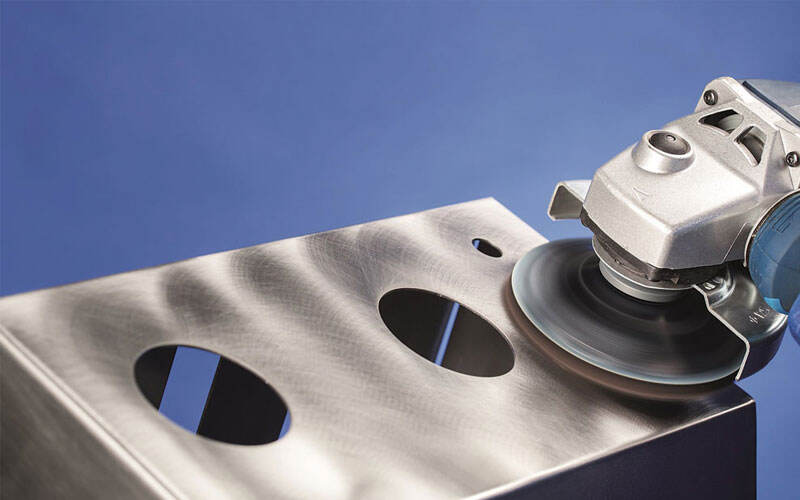
Metāla virsmas gludināšanas un izskata uzlabošanas veicināšana ar šleifēšanas un polirēšanas tehnikām.
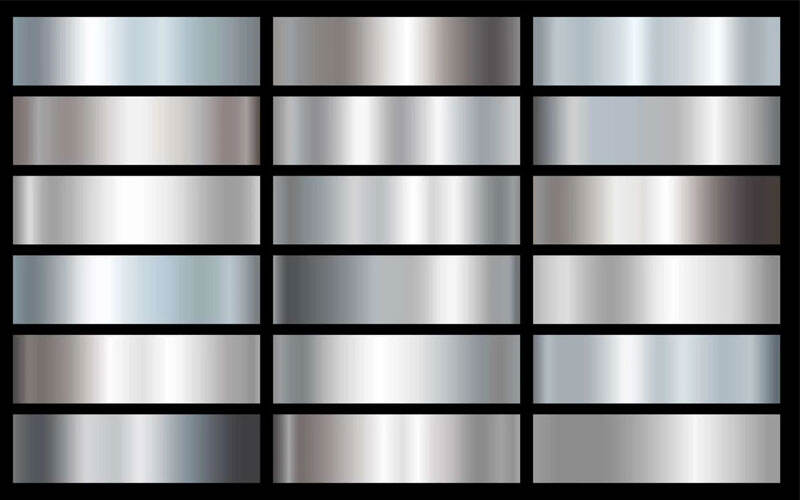
Iekļauj elektroplātēšanu, galvanizēšanu, hromplātēšanu utt., iegriežot citu metālu vai alatiju uz metāla virsmas, lai uzlabotu tā īpašības vai izskatu.
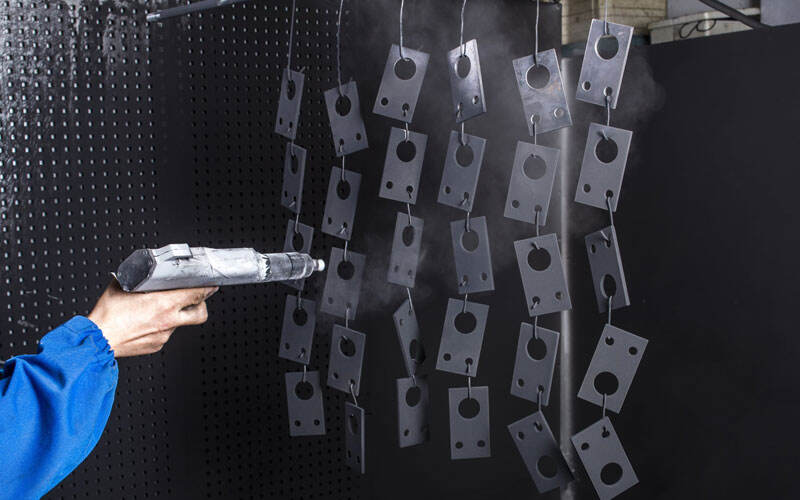
Pielietojot aizsardzības vai dekoratīvus segumus ar sprauku malēšanas tehnoloģijām.
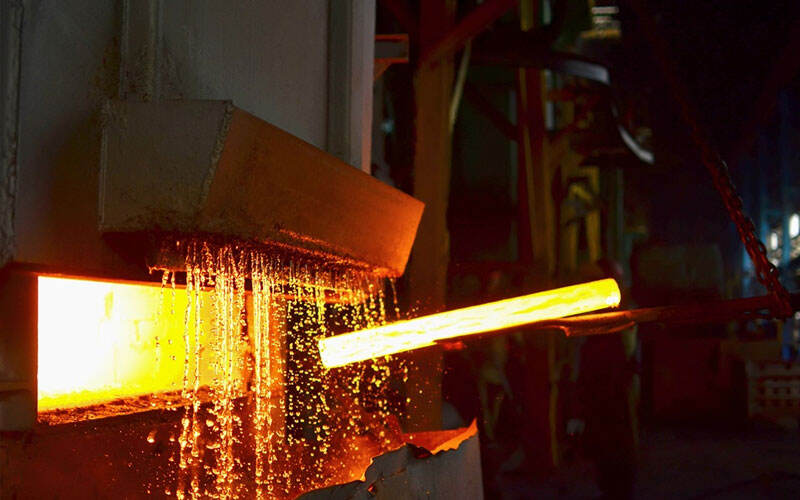
Mainot metāla struktūru un īpašības ar to karstīšanu un dzesēšanu, piemēram, šķiešanu, temperēšanu utt.
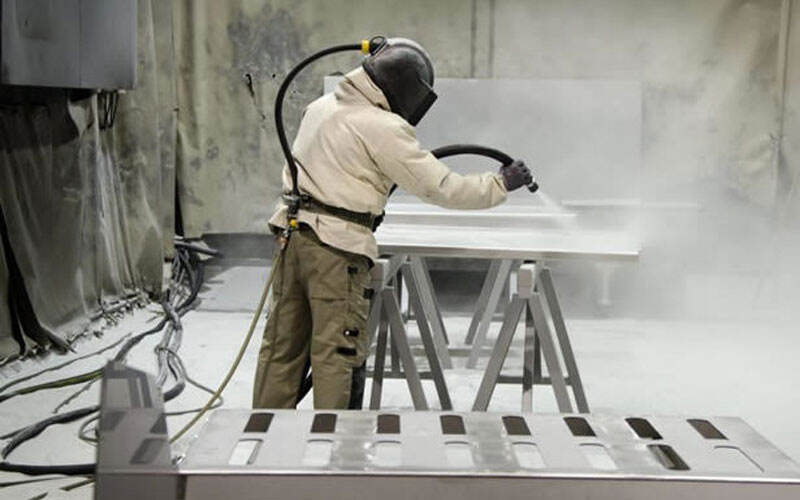
Mainot metāla struktūru un īpašības ar to karstīšanu un dzesēšanu, piemēram, šķiešanu, temperēšanu utt.
